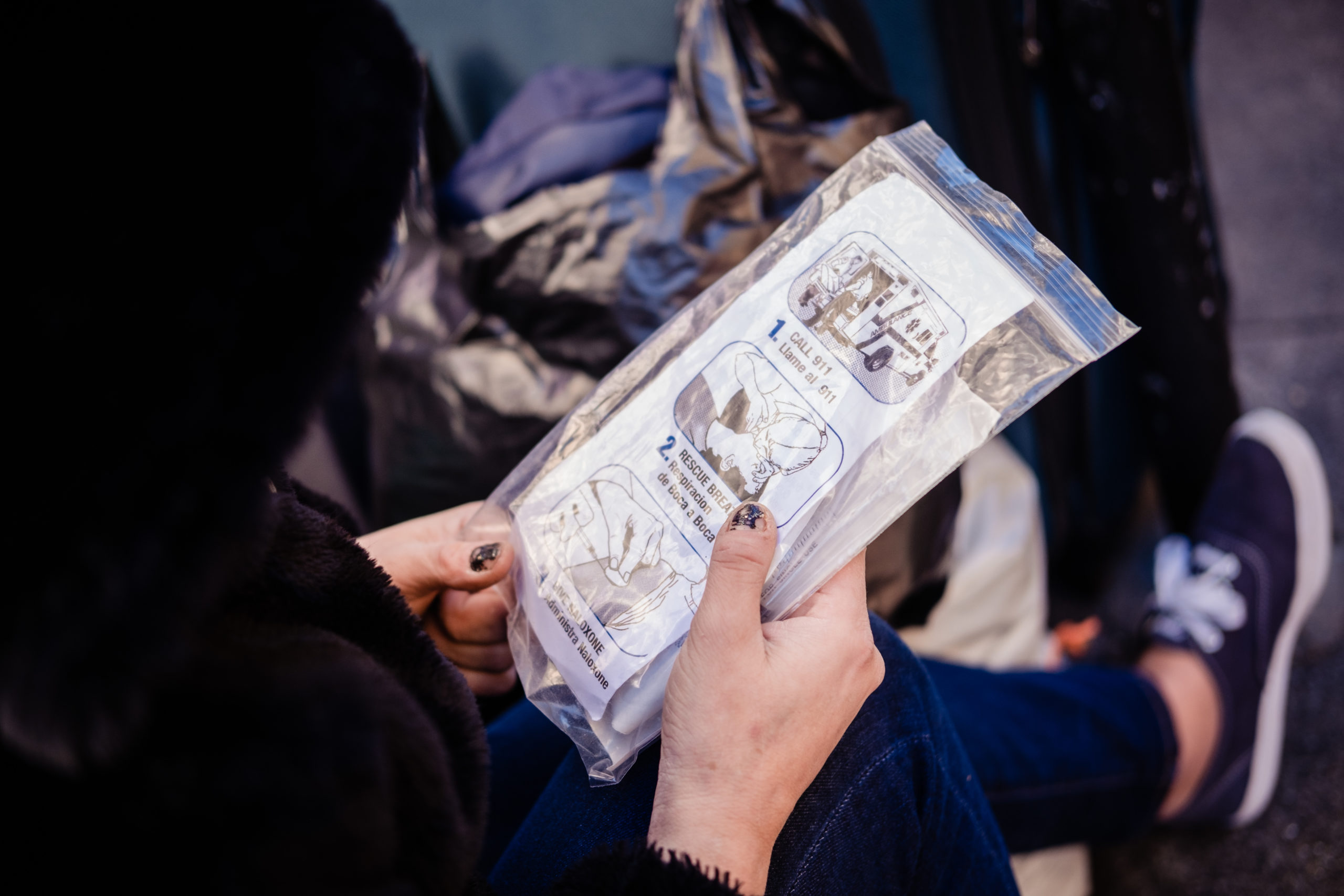San Francisco policymakers are coalescing around the idea of “safe consumption sites”—sanctioned facilities for drug addicts to use under medical supervision—as one solution to the city’s drug overdose crisis. But actually opening any such sites seems to be a remote prospect, and how the sites would work in San Francisco and other jurisdictions remains an open question.
The Board of Supervisors plans to vote on a resolution Tuesday urging Mayor Breed to declare a state of emergency over the city’s opioid crisis and to “immediately” implement overdose prevention sites, another term for safe consumption sites. The medical examiner recorded 511 overdose deaths between January and September of this year, with fentanyl involved in 367 of those deaths, putting the city on track to meet last year’s historic total of accidental overdoses.
Supervisor Matt Haney, who introduced the resolution at the Board of Supervisors, told Here/Say that he hopes the resolution—which is non-binding and not legally enforceable—will put the city on “steadier legal ground” when it comes to implementing safe consumption sites. But for now, the sites remain strictly illegal at the state and federal levels, and Breed is unlikely to act on opening any sites until that changes.
One state bill to legalize safe consumption pilots in San Francisco, Oakland and Los Angeles, SB 57, passed the Assembly earlier this year but was stalled until next year by the state Senate. An earlier version of the bill passed through the entire legislature but was vetoed by former Governor Jerry Brown, who likened safe consumption sites to “enabling” and questioned the effectiveness of such sites in reducing addiction.
“The purpose of these sites is to provide a clean, safe place for people to use substances out of the public eye where they can be supervised to ensure that if anything negative happens, that there’s someone there to help,” said Peter Davidson, a professor of medicine at the University of California at San Diego and an advocate of safe consumption sites.
“You take the organizations that are already working with this population…and you authorize them to set up a room in their building to do this particular add-on service,” Davidson added. “That’s that’s all it is.”
Catie Stewart, aide to SB 57 author State Sen. Scott Wiener (D-San Francisco), said that Wiener’s office is confident that SB 57 will be heard in committee next year but that its ultimate prospects are still “up in the air.” If the bill were passed and signed by Governor Newsom, it would make California one of the first states to legalize safe consumption sites. The earliest the law would go into effect would be January 2023.
Operators of sites would still be exposed to liability under federal law, and a spokesperson for Breed’s office said it was too soon to say under what circumstances the city would be willing to shoulder the legal risk. The Biden administration has not stated a position on safe consumption sites.
For local policymakers, a comparable effort in Rhode Island may prove instructive. Rhode Island recently approved a two-year pilot of safe consumption sites in the state and plans to open them in March 2022. However, operators have yet to codify rules around running the sites or sort out details of the operations, such as securing insurance and ongoing funding.
Safe consumption sites are found in just 10 countries in the world at this point, amounting to around 120 sites globally. They’re part of a spectrum of harm reduction services that seek to minimize the harm of drug use by giving users safe supplies or a safe venue to use and offering access to social services. Wiener’s SB 57 would require that sites provide referrals to medical treatment.
The sites have passionate advocates in positions of influence—as well as skeptics who believe that resources may be better spent elsewhere.
Gary McCoy of Healthright 360, a major contractor with the Department of Public Health that has urged the opening of safe consumption sites, staged a hunger strike over the summer to urge the city to open the sites.
“With over many of these sites operating around the world, there have been zero overdose deaths,” McCoy told Here/Say, estimating that the sites could save millions in public health costs.
Keith Humphreys, a professor of psychiatry at Stanford University who studies addiction, told Here/Say that the public ought to temper expectations on safe consumption sites as a salve for an escalating overdose epidemic locally and nationwide.
“If they were spread all over, [safe consumption sites] might touch one percent of all injections in the United States,” said Humphreys. “Each year it gets enormous, outsized attention and debate. What doesn’t get debate is that millions of people with addictions of all sorts in this country have no health insurance and get no care at all…that’s a much bigger issue.”
